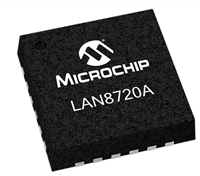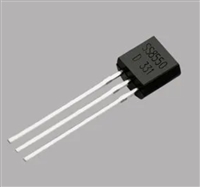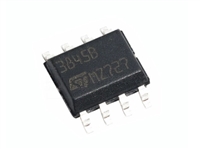ADF4107
Fastlock Mode Bit
Function Latch
DB10 of the function latch is the fastlock mode bit. When
fastlock is enabled, this bit determines which fastlock mode is
used. If the fastlock mode bit is 0, then Fastlock Mode 1 is
selected; and if the fastlock mode bit is 1, then Fastlock Mode 2
is selected.
The on-chip function latch is programmed with C2 and C1 set
to 1 and 0, respectively. Figure 25 shows the input data format
for programming the function latch.
Counter Reset
Fastlock Mode 1
DB2 (F1) is the counter reset bit. When this bit is 1, the R
counter and the AB counters are reset. For normal operation,
this bit should be 0. Upon powering up, the F1 bit needs to be
disabled (set to 0). Then, the N counter resumes counting in
close alignment with the R counter. (The maximum error is one
prescaler cycle).
The charge pump current is switched to the contents of Current
Setting 2.
The device enters fastlock by having a 1 written to the CP gain
bit in the AB counter latch. The device exits fastlock by having
a 0 written to the CP gain bit in the AB counter latch.
Fastlock Mode 2
Power-Down
DB3 (PD1) and DB21 (PD2) provide programmable power-
down modes. They are enabled by the CE pin.
The charge pump current is switched to the contents of Current
Setting 2.
The device enters fastlock by having a 1 written to the CP gain
bit in the AB counter latch. The device exits fastlock under the
control of the timer counter. After the timeout period
determined by the value in TC4–TC1, the CP gain bit in the AB
counter latch is automatically reset to 0 and the device reverts to
normal mode instead of fastlock. See Figure 25 for the timeout
periods.
When the CE pin is low, the device is immediately disabled
regardless of the states of PD2 and PD1.
In the programmed asynchronous power-down, the device
powers down immediately after latching a 1 into the PD1 bit,
with the condition that PD2 has been loaded with a 0.
In the programmed synchronous power-down, the device
power-down is gated by the charge pump to prevent unwanted
frequency jumps. Once the power-down is enabled by writing
a 1 into PD1 (on condition that a 1 has also been loaded to
PD2), then the device will go into power-down on the
occurrence of the next charge pump event.
Timer Counter Control
The user has the option of programming two charge pump
currents. The intent is that Current Setting 1 is used when the
RF output is stable and the system is in a static state. Current
Setting 2 is meant to be used when the system is dynamic and in
a state of change (i.e., when a new output frequency is
programmed).
When a power-down is activated (either synchronous or
asynchronous mode, including CE pin activated power-down),
the following events occur:
•
•
All active dc current paths are removed.
The R, N, and timeout counters are forced to their load state
conditions.
The charge pump is forced into three-state mode.
The digital lock detect circuitry is reset.
The RFIN input is debiased.
The reference input buffer circuitry is disabled.
The input register remains active and capable of loading and
latching data.
The normal sequence of events is as follows:
The user initially decides what the preferred charge pump
currents are going to be. For example, the choice may be 2.5 mA
as Current Setting 1 and 5 mA as Current Setting 2.
•
•
•
•
•
At the same time it must be decided how long the secondary
current is to stay active before reverting to the primary current.
This is controlled by the timer counter control bits, DB14–DB11
(TC4–TC1) in the function latch. The truth table is given in
Figure 25.
MUXOUT Control
Now, to program a new output frequency, the user simply
programs the AB counter latch with new values for A and B. At
the same time, the CP gain bit can be set to 1, which sets the
charge pump with the value in CPI6–CPI4 for a period of time
determined by TC4–TC1. When this time is up, the charge
pump current reverts to the value set by CPI3–CPI1. At the
same time the CP gain bit in the AB counter latch is reset to 0
and is now ready for the next time that the user wishes to
change the frequency.
The on-chip multiplexer is controlled by M3, M2, M1 on the
ADF4107. Figure 25 shows the truth table.
Fastlock Enable Bit
DB9 of the function latch is the fastlock enable bit. Fastlock is
enabled only when this bit is 1.
Rev. 0 | Page 16 of 20






 AT24C256芯片手册参数分析、引脚说明、读写程序示例
AT24C256芯片手册参数分析、引脚说明、读写程序示例

 LAN8720A的替代型号推荐、资料手册数据分析、特点介绍
LAN8720A的替代型号推荐、资料手册数据分析、特点介绍

 SS8550数据手册:应用场景、主要参数分析、特性分析
SS8550数据手册:应用场景、主要参数分析、特性分析

 UC3845全面解析:资料手册参数、引脚详解、维修技巧与替代型号推荐
UC3845全面解析:资料手册参数、引脚详解、维修技巧与替代型号推荐
